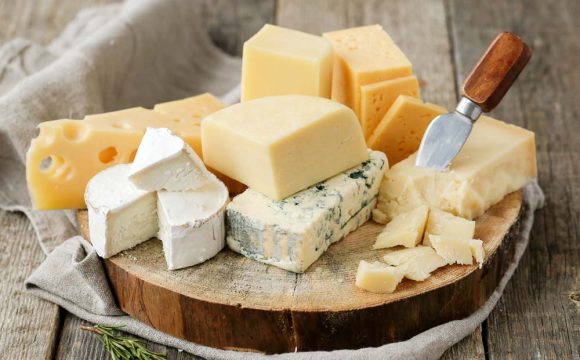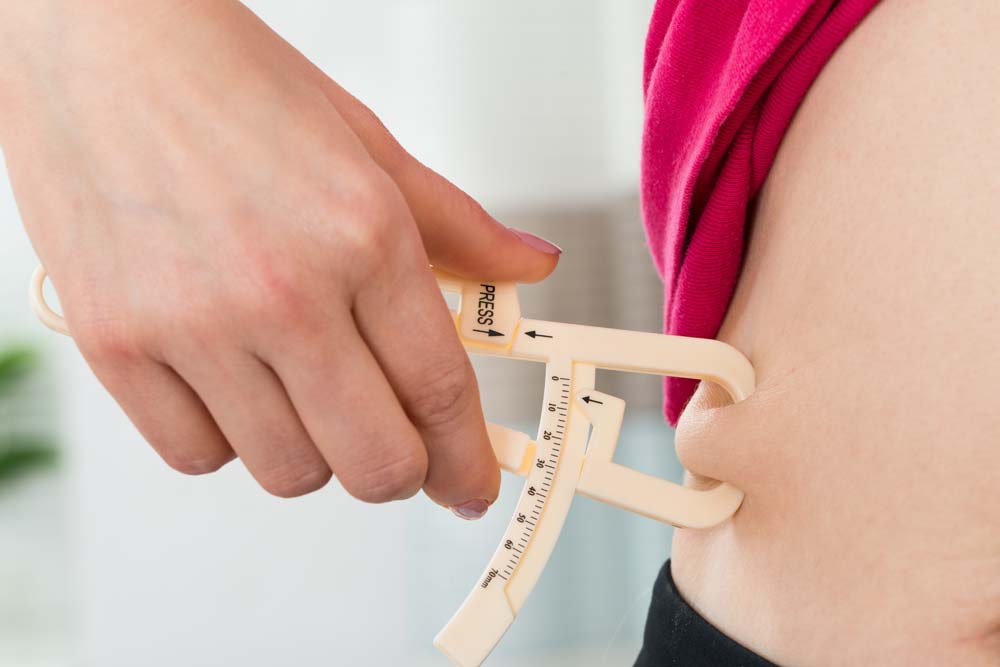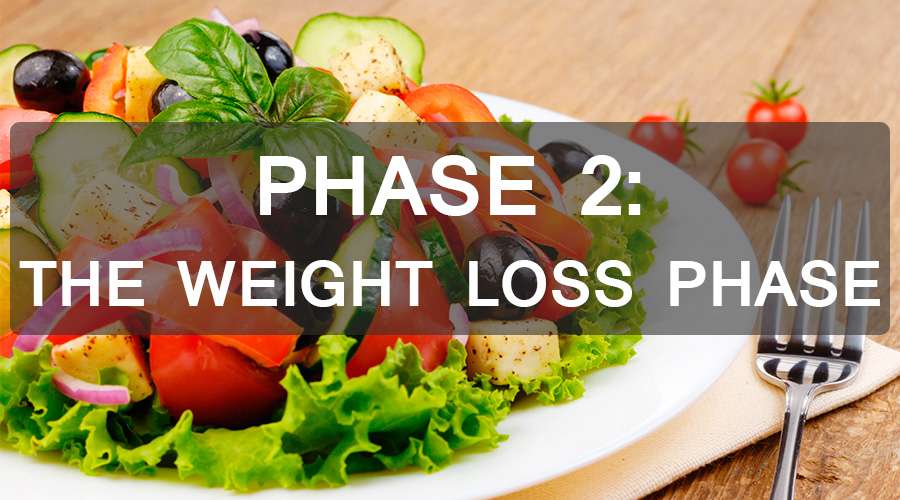The HCG (human chorionic gonadotropin) diet supposedly initiates rapid weight loss. Many claim that this diet sheds one to two pounds per day. As you stringently follow the diet’s protocol, you should successfully learn how to manage your portion sizes and establish a healthy relationship with food. While in India, Dr. Simeons noticed a correlation between the HCG hormone and its ability to access stored fat to nourish and deliver healthy babies. With this knowledge, he developed a plan to treat obesity.
For anyone following this diet, it is crucial to follow Dr. Simeons protocol. The HCG diet includes a very low calorie limit. This diet allows for various meal plans to spice up bland or typical recipes. The HCG diet consists of four phases: loading, weight loss, stabilization, and life maintenance. Each phase serves different purposes for various health goals. In each phase, you can consume different types of food. In certain cases, you can use foods to replace the ones you dislike. For instance, in phase two you can replace 100 grams of meat with 100 grams a non-fat cottage cheese only. This meal is one of the best substitutes for meat, but it often delays the quick progress. Therefore, it’s best to stick to the exact meal plan if possible.
What Should You Avoid?
While sticking to this diet, you will notice many obstacles set before you. Certain habits are detrimental to practice during this HCG plan. Therefore, you will want to cautiously avoid any sustenance that defeats the purpose of the plan. What habits to avoid:
- Altering the diet
- Transcending the calorie limit
- Substituting with unhealthy meals
Altering the requirements of Simeons plan can prevent weight loss. Also, forsaking the menu suggestions for your country could be problematic. For example, Dr. Simeons addressed in his manuscript that American beef has a higher caloric value than beef in Italy.
Additionally, you will want to abide by the calorie limit set in each step of the process. Typically, it ranges from 500-1600 calories depending on the person, his athletic status, his place in the process, and his health conditions.
Similar to meat substitutions with cottage cheese, certain cuisines can be substituted for typical HCG meals. Although, you can only substitute cottage cheese for meat when you consume a product that consists of skim milk. However, you must be cautious of what meals you consume since some can heavily prevent any weight loss effects.
Substitution Effects
Abiding stringently to the HCG diet protocol will reap the most successful benefits. However, you may have a strong aversion to certain meals suggested by the HCG menu. As mentioned previously, many participants substitute cottage cheese for chicken or beef or other sources of protein due to either dislike or vegetarian convictions.
When following the HCG diet, it is simple to get tossed behind. Substitution can be a factor in this delay. With cottage cheese, it can be a healthy replacement, but the weight reduction process is typically slowed. It is crucial to ensure that you only consume non-fat cottage cheese, or you will notice the repercussions. While eating it as a substitute doesn’t normally increase the number on the scale, it often slows the process of shedding pounds. For example, some participants following the HCG plan without substitutions lost roughly seven pounds a week, while cottage cheese as a substitute slowed the process to about two pounds a week. Different meals affect different people in a variety of ways. While cottage cheese potentially causes this effect, the results vary for each person.
Substitutions can result in easy, unintentional cheating. If you eat one percent milk-fat cottage cheese or substitute an entirely different cheese, you are cheating the protocol. This can throw a wrench in your goals.
Final Thoughts
Should you consume cottage cheese in your HCG diet? You only should as need be. You usually would substitute it for a protein needed in the second step of the process. While it is not detrimental in its fat-free form, it can hinder the success of the plan by slowing the process. Be cautious of the caloric intake also. Eating excessively can hinder the overall success as well.








